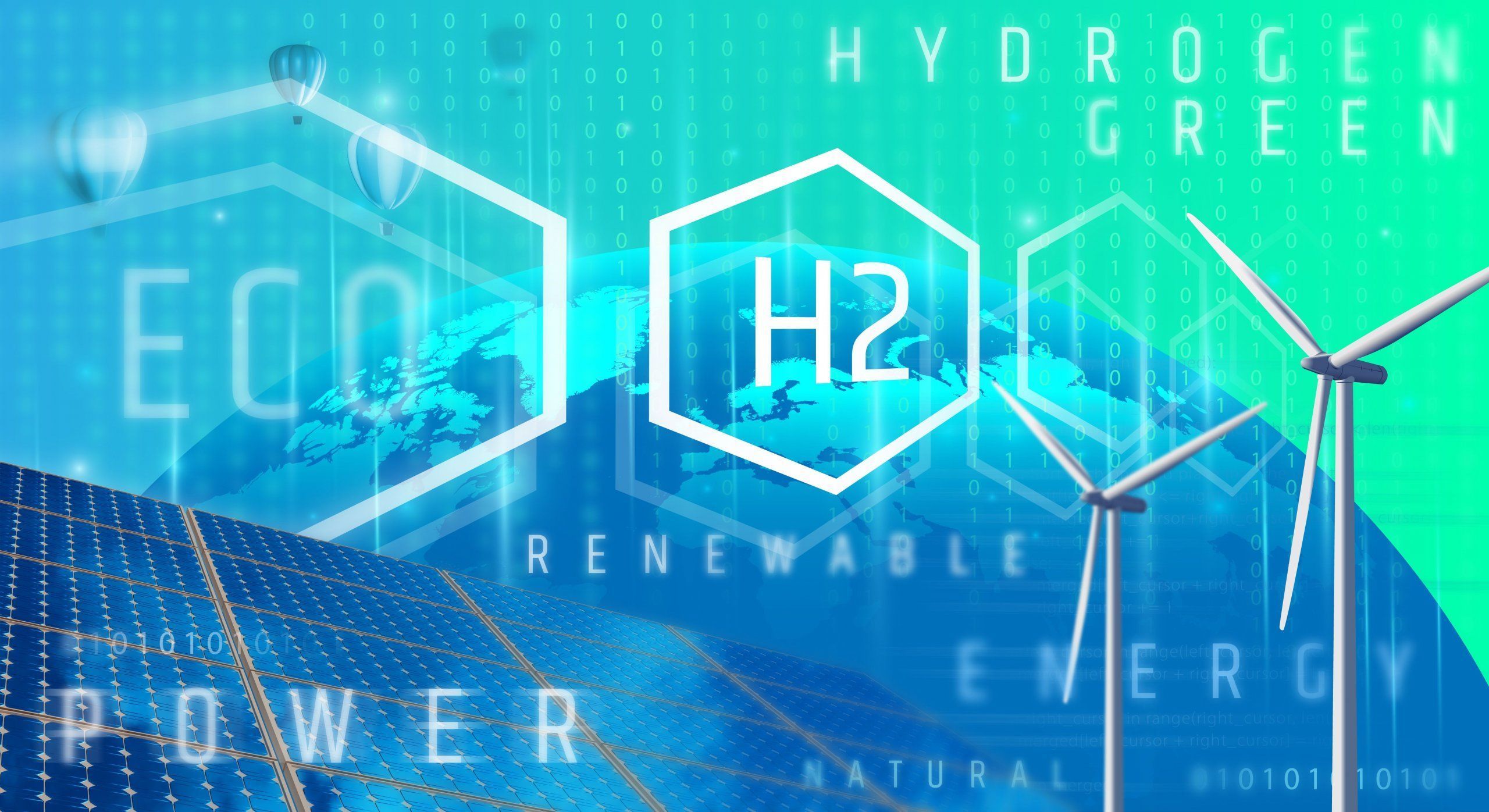European Commission Unveils Groundbreaking Regulations for Renewable and Low-Carbon Hydrogen
Key Ideas
- The European Commission has finalized a regulatory framework ensuring equal greenhouse gas emissions reduction for both renewable and low-carbon hydrogen compared to fossil fuels.
- Rules cover low-carbon hydrogen from non-renewable electricity with CCS and when carbon is permanently bound in products, promoting diverse production methods.
- The framework allows electrolysers to produce both types of hydrogen in a single setup, enhancing operational flexibility, especially for ensuring constant supply.
- To access the EU market, manufacturers, both local and international, must adhere to these rules for certification, pending approval by EU members and Parliament.
The European Commission, through the expertise of Afkenel Shipstra, has introduced a comprehensive regulatory framework for renewable and low-carbon hydrogen. The rules mandate that both types of hydrogen must demonstrate an equivalent reduction in greenhouse gas emissions when compared to traditional fossil fuels. This move aims to level the playing field among different hydrogen production methods. Notably, the regulations encompass the production of low-carbon hydrogen from non-renewable electricity utilizing carbon capture and storage, along with scenarios where carbon is chemically bound in products for extended periods. Shipstra highlighted the significance of these regulations in enabling electrolysers to create both renewable and low-carbon hydrogen concurrently, especially beneficial for ensuring a stable supply to consumers. For market access, companies, including international players, must comply with these regulations to obtain certification. The regulations are pending approval from EU member states and the European Parliament. This development follows the earlier allocation of approximately €1 billion by the European Commission for renewable hydrogen projects, underscoring the region's commitment to advancing sustainable energy initiatives.
